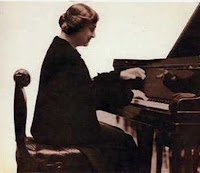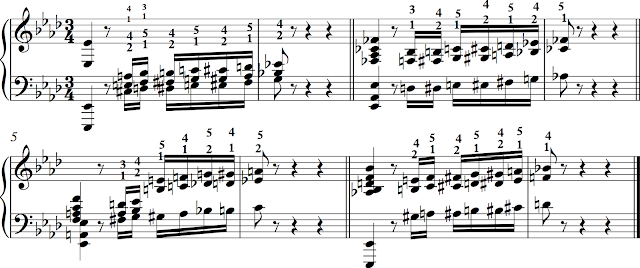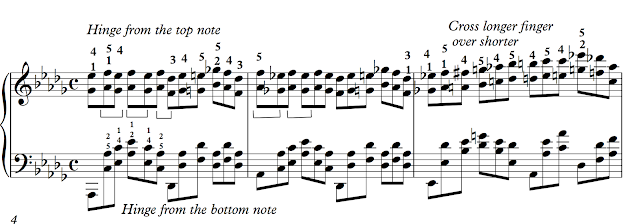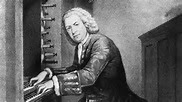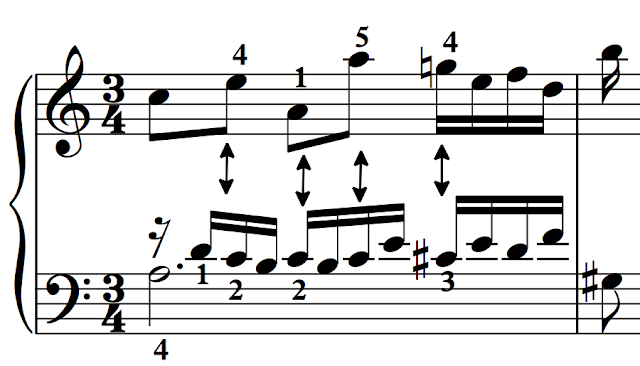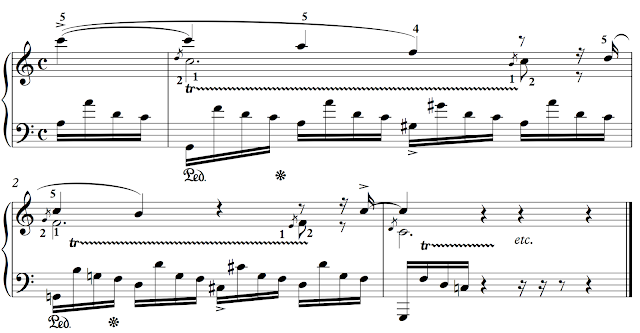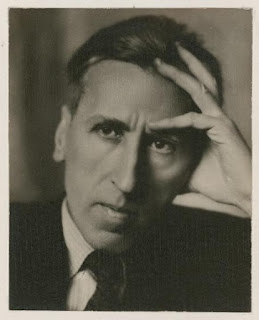I came once again across this interview of one of Britan's great pianists, a link to the 19th century and a student of Tobias Matthay. It's worth a re-post: Dame Myra Hess Interview 1963. Among her students is the noted pianist, Stephen
Kovacevich (then known as Stephen Bishop). Here is a radio broadcast (1948) of Chopin's C Minor Nocturne at generously laid-back tempos.
Kovacevich (then known as Stephen Bishop). Here is a radio broadcast (1948) of Chopin's C Minor Nocturne at generously laid-back tempos.

